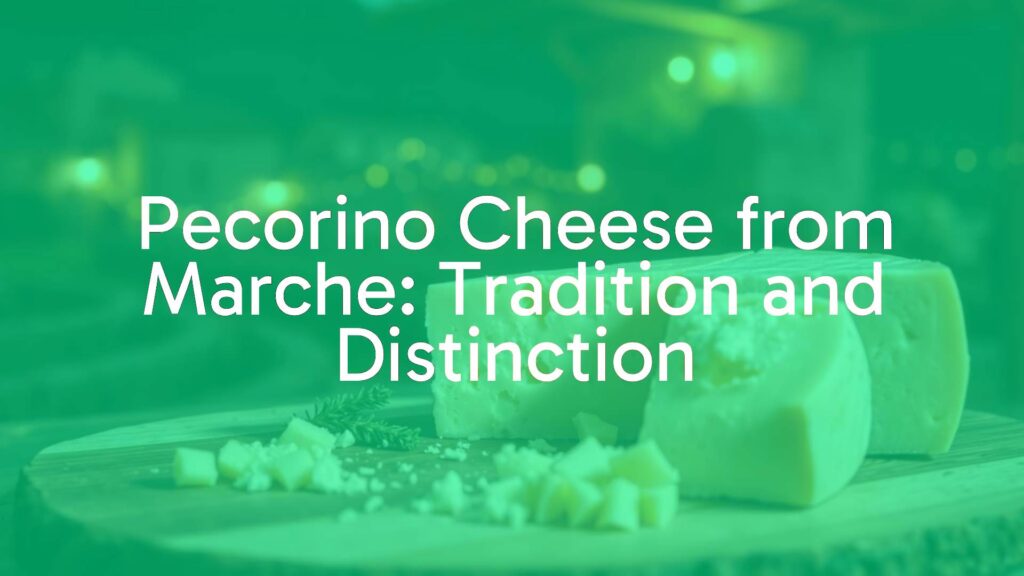Introduction to Pecorino from Marche
Pecorino, one of Italy’s most enduring cheeses, takes on distinct local character in the central region of Marche. Well-known for its firm texture and robust flavor, Pecorino from Marche is celebrated both locally and abroad for embodying the rich agricultural heritage of its origin. This cheese, made exclusively from sheep’s milk, encapsulates the essence of Marche’s rolling hills and pastoral landscapes.
A Distinctive Profile
While “Pecorino” refers to sheep’s milk cheeses across various Italian regions, the version from Marche is recognized for its savory, gently spicy character with herbal undertones derived from the local flora on which the sheep graze. Typically, the cheese has a compact, crumbly paste and a natural, sometimes oiled or ash-rubbed, rind. The flavor matures from mild and milky when young to a pronounced, tangy sharpness as it ages.
Historical Roots in Marche
The tradition of Pecorino production in Marche dates back centuries, rooted in the region’s ancient pastoral customs. Historically, shepherds crafted Pecorino as a way to preserve excess milk and provide sustenance through the seasons. Over generations, families in Marche honed unique techniques for cultivating flavors that set their Pecorino apart from other regional variations.
Crafting Methods and Regional Practice
Pecorino from Marche is typically made with raw or lightly pasteurized sheep’s milk, with rennet and salt as core ingredients. After the curds form and are gently pressed into molds, the rounds are aged in cellars—sometimes on wooden boards or even in caves. Traditional methods might include rubbing the rind with olive oil, tomato paste, or local ashes to enhance preservation and develop characteristic flavors. The period of maturation can vary from a few months (producing a soft, sliceable cheese) to over a year (resulting in a hard, grating cheese).
Cultural Significance and Local Enjoyment
Pecorino from Marche is a source of regional pride, often featured at festivals and in family gatherings. It is not just a food but a symbol of Marche’s connection to its land and traditions. The cheese is closely tied to local rituals—such as being gifted during Easter, or shared at communal events, reinforcing its role in the fabric of Marche life.
How Pecorino is Enjoyed
In Marche, Pecorino is savored in many forms depending on its age. Younger rounds are enjoyed simply with crusty bread, figs, or fresh broad beans. As the cheese matures, it develops a more intense flavor, ideal for grating generously over pasta dishes such as “Vincisgrassi” (a Marche-style lasagna) or enhancing rustic soups. Locals often pair it with regional wines—Verdicchio for the milder styles, or Rosso Conero when the cheese is more robust.
Variations and Pairings
There are several localized takes on Pecorino in Marche, including cheese aged in “fossa” (tufa pits), imparting earthy, sometimes tangy nuances. Others may be infused with herbs or peppercorns during aging to bring out complementary flavors. For a classic experience, try Pecorino from Marche with honey or mostarda, or alongside cured meats and olives for a quintessential regional antipasto.
Tips for Serving and Appreciating
Pecorino from Marche shines when brought to room temperature before serving, which allows its aromas and complex flavors to fully emerge. If using as a table cheese, cut thin slices or shards; for grating, use a fine grater to unlock its sharp, savory notes. Whether part of a festive board or a humble daily meal, this cheese carries with it a story of land, tradition, and skill unique to the Marche region.

